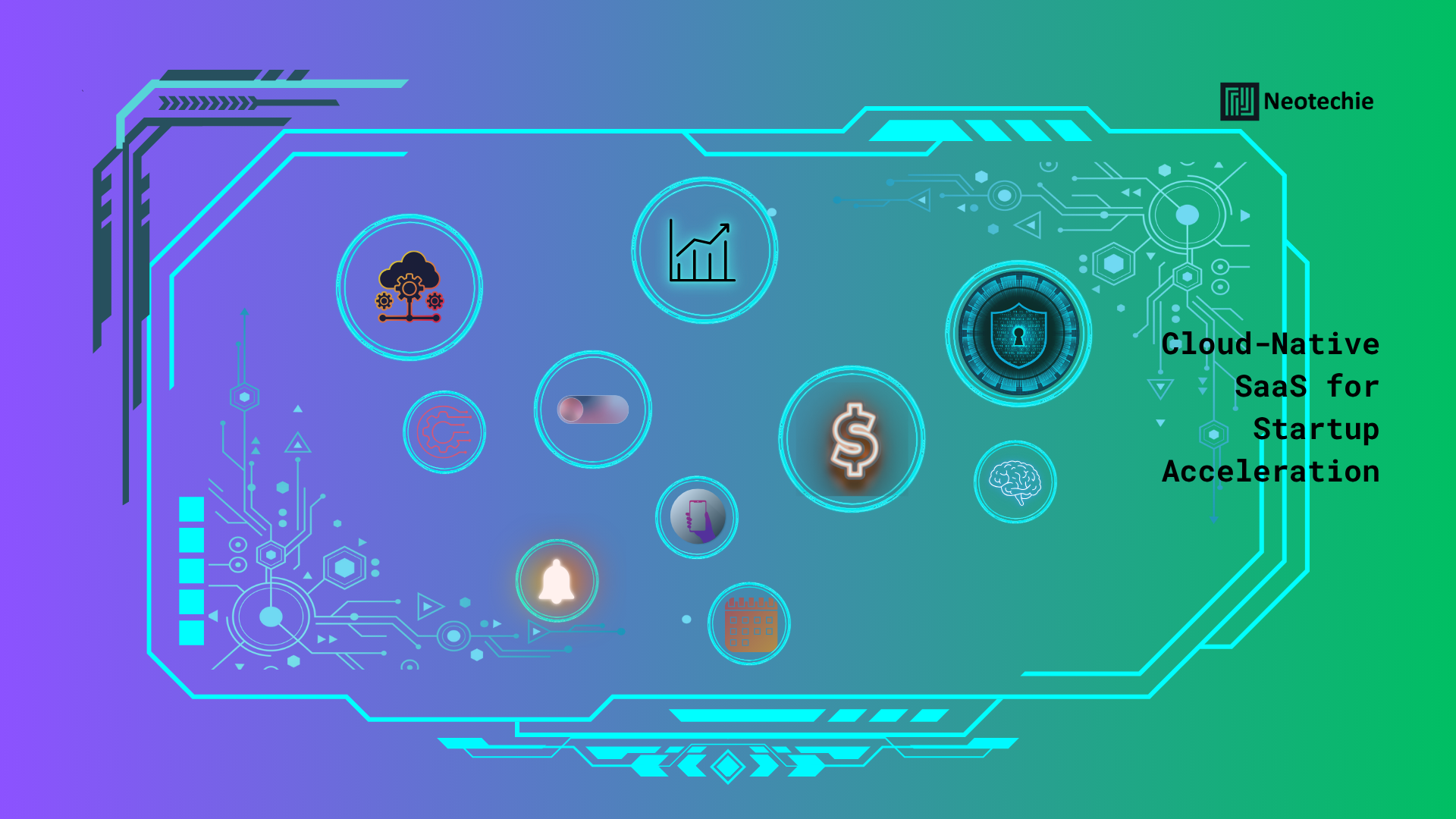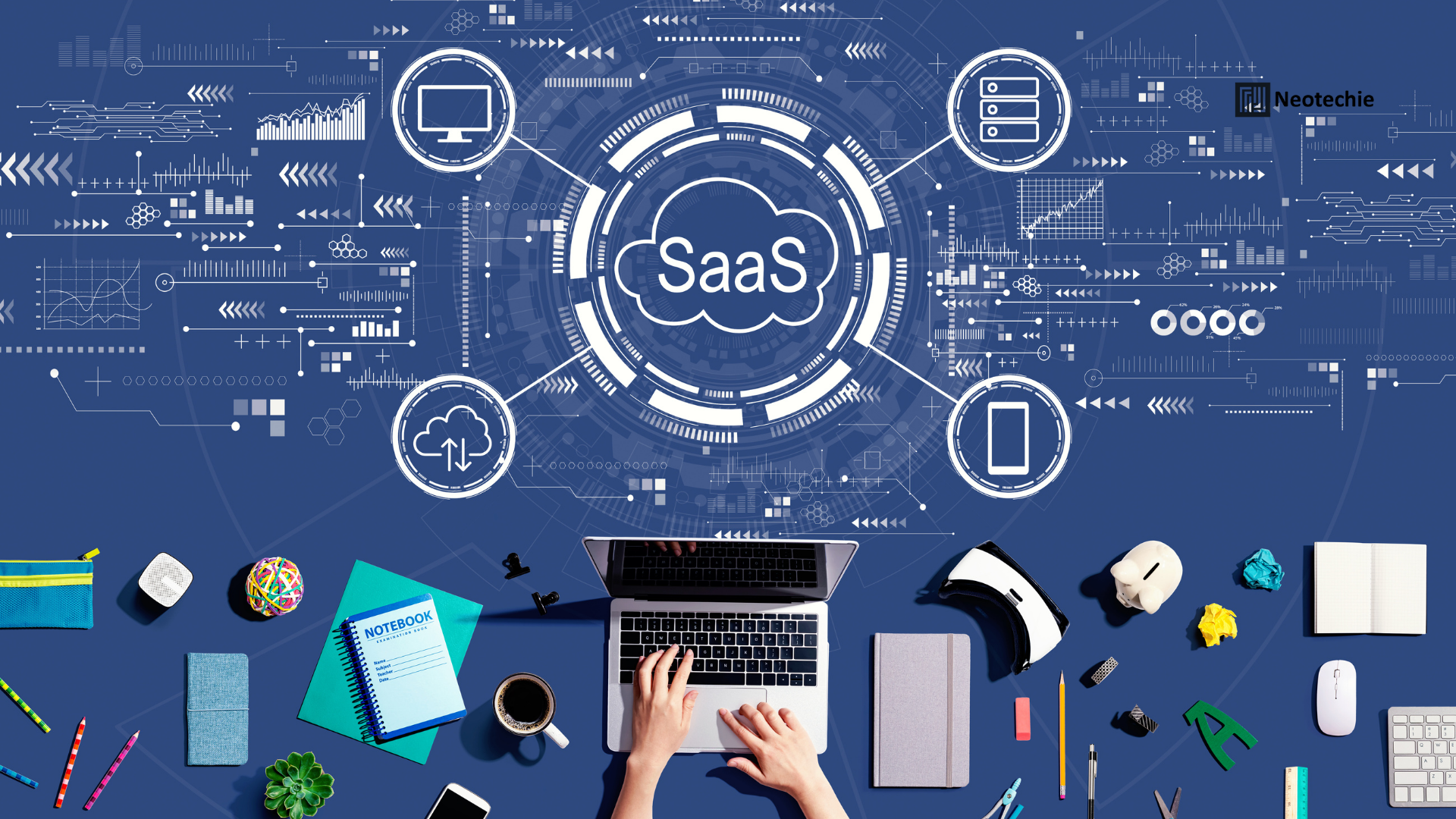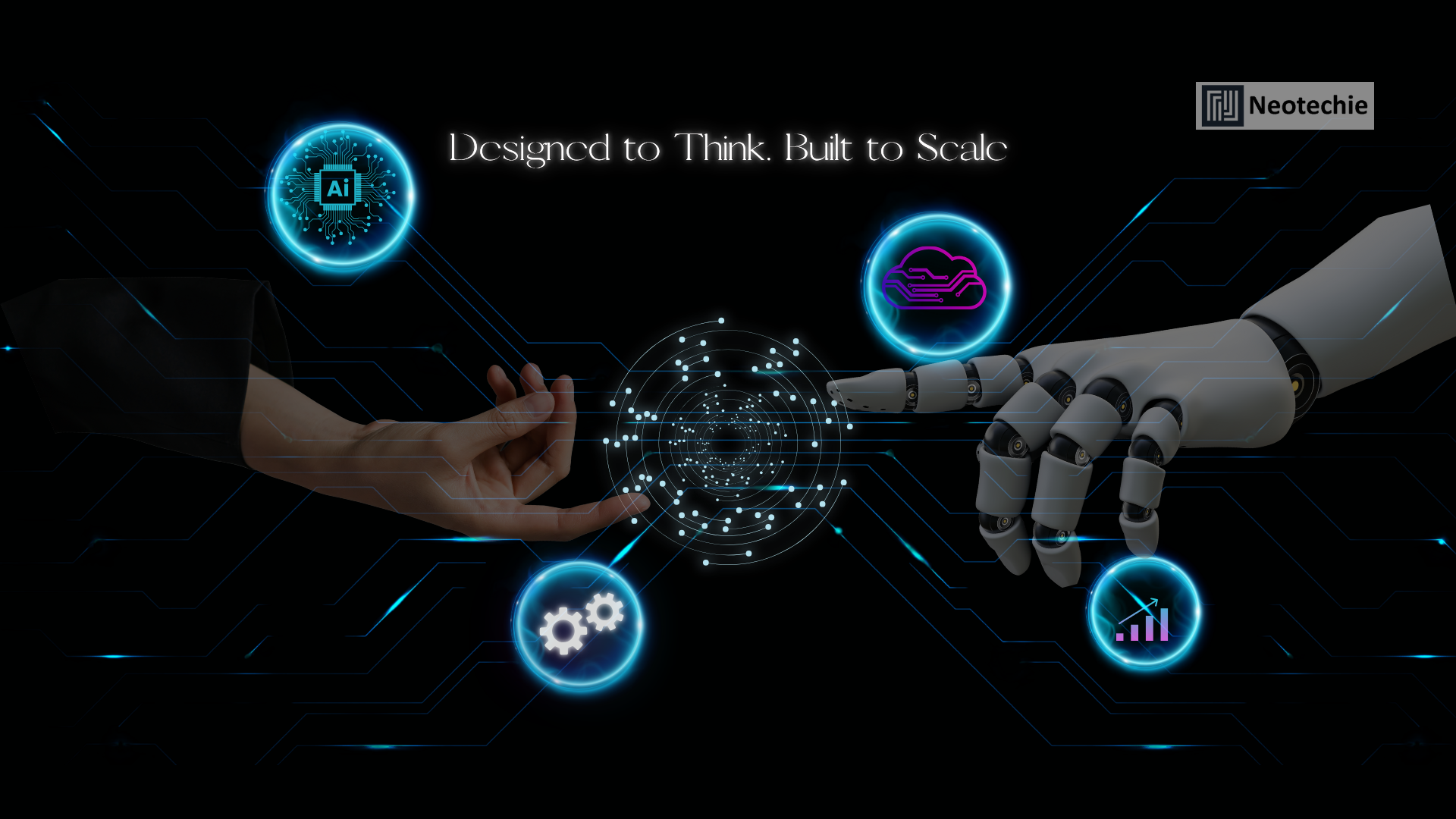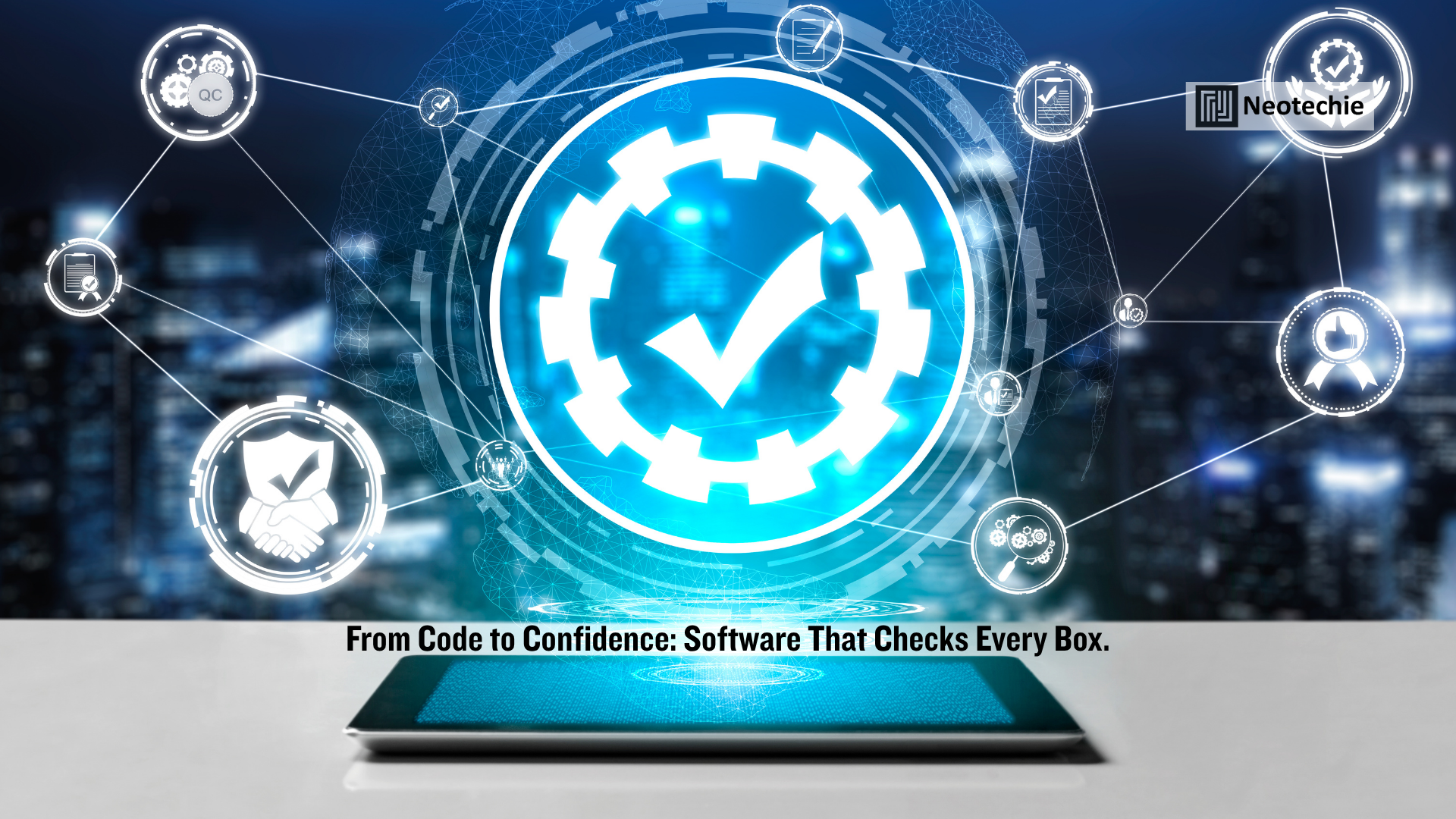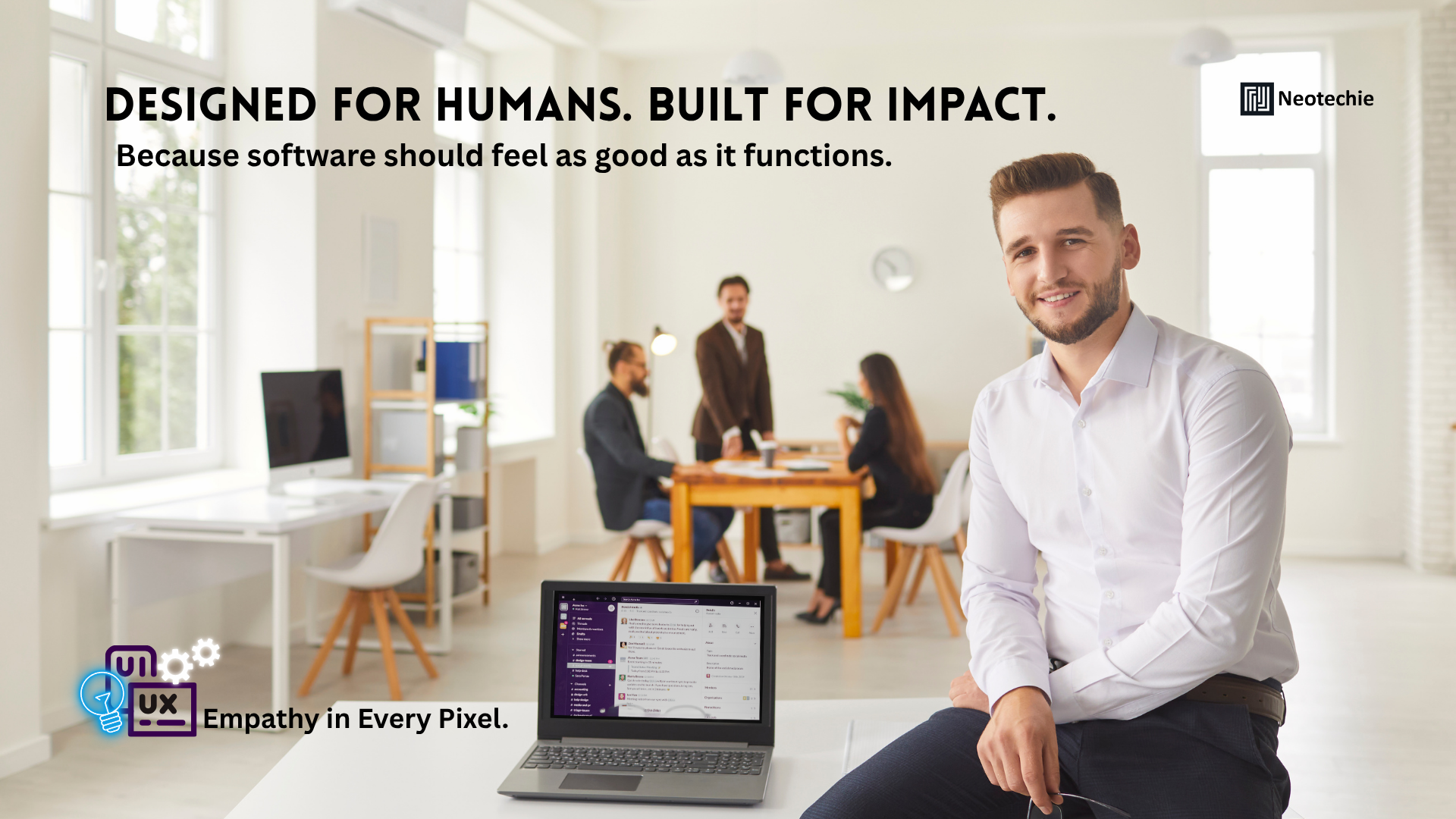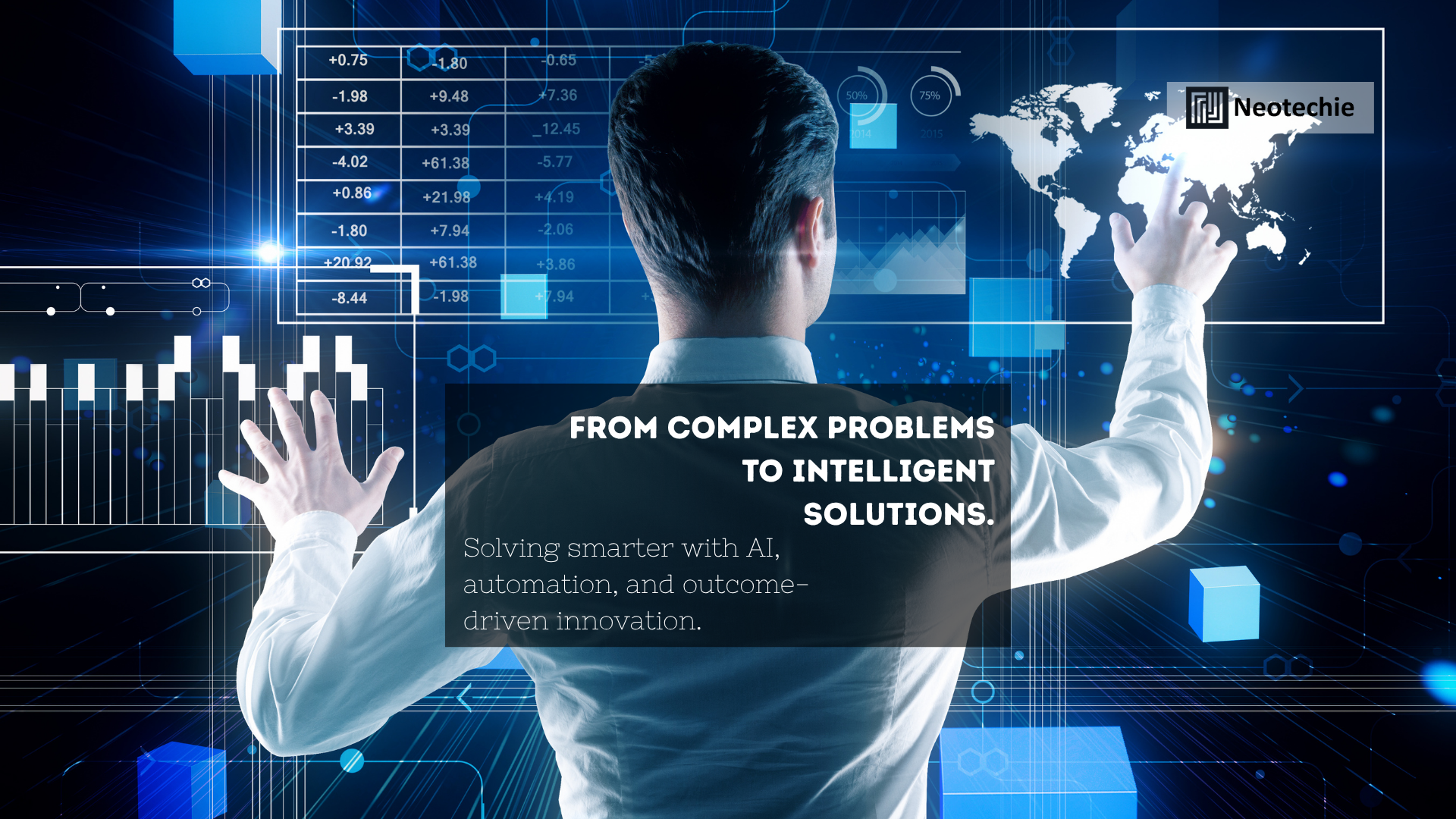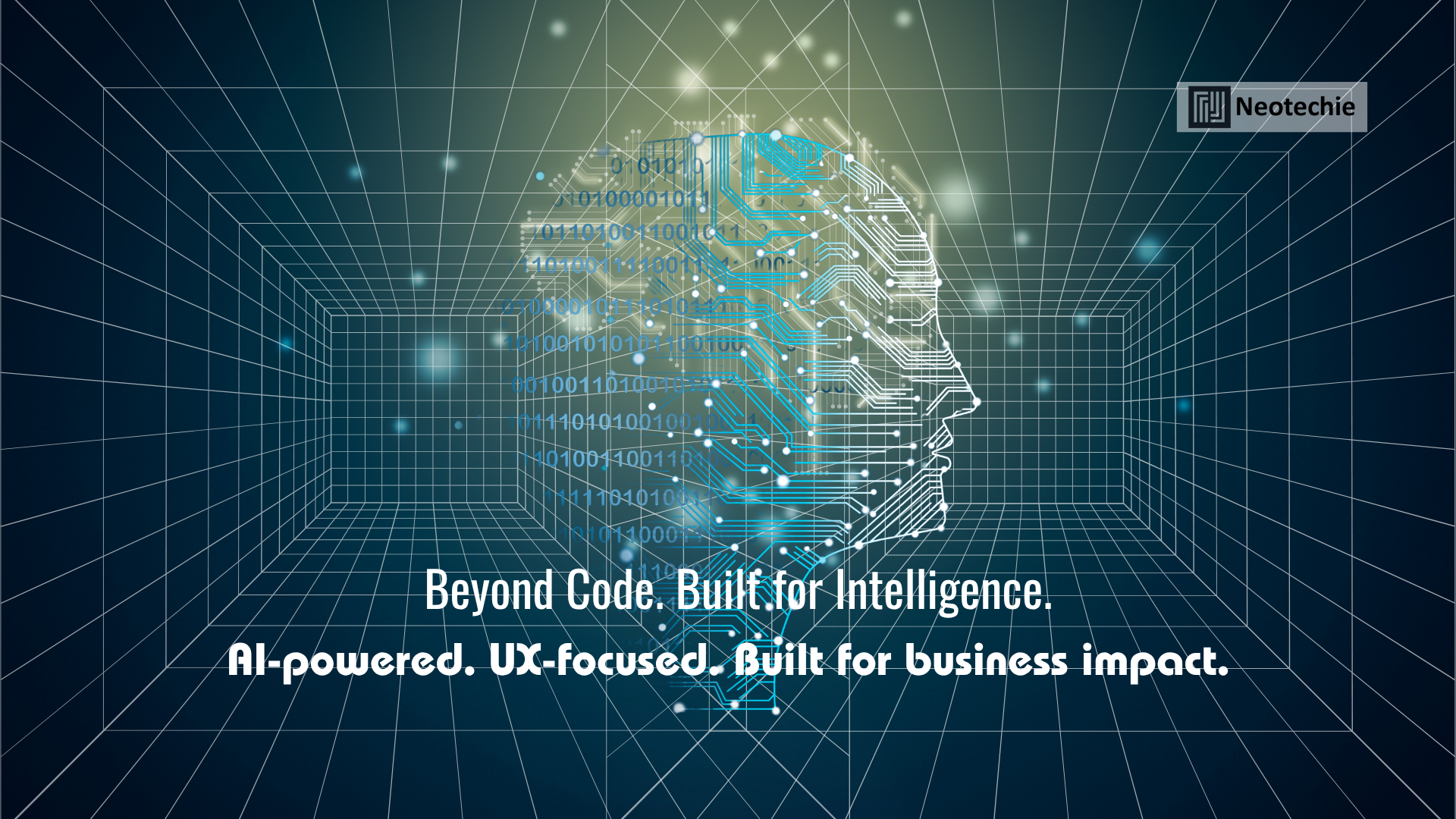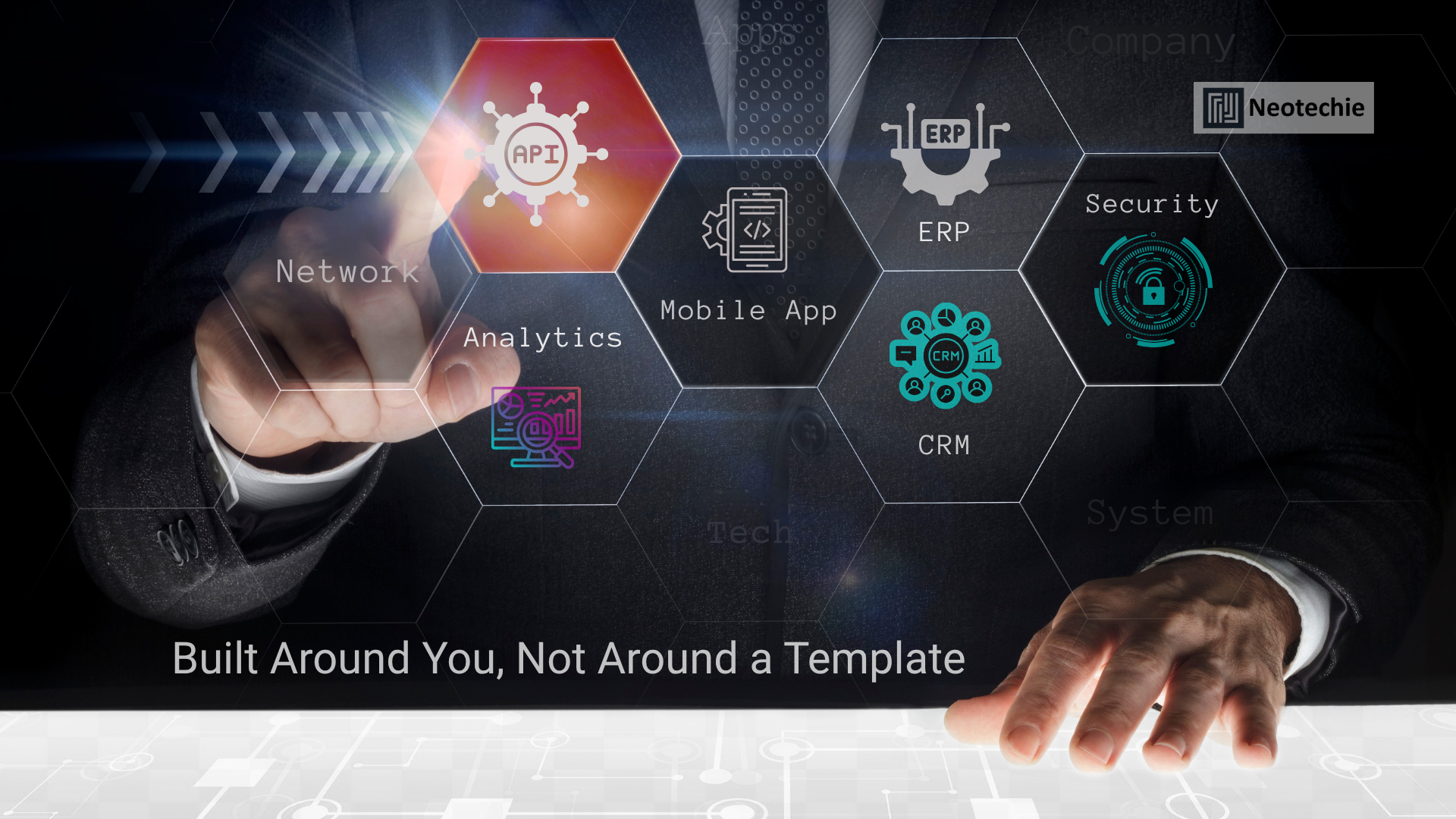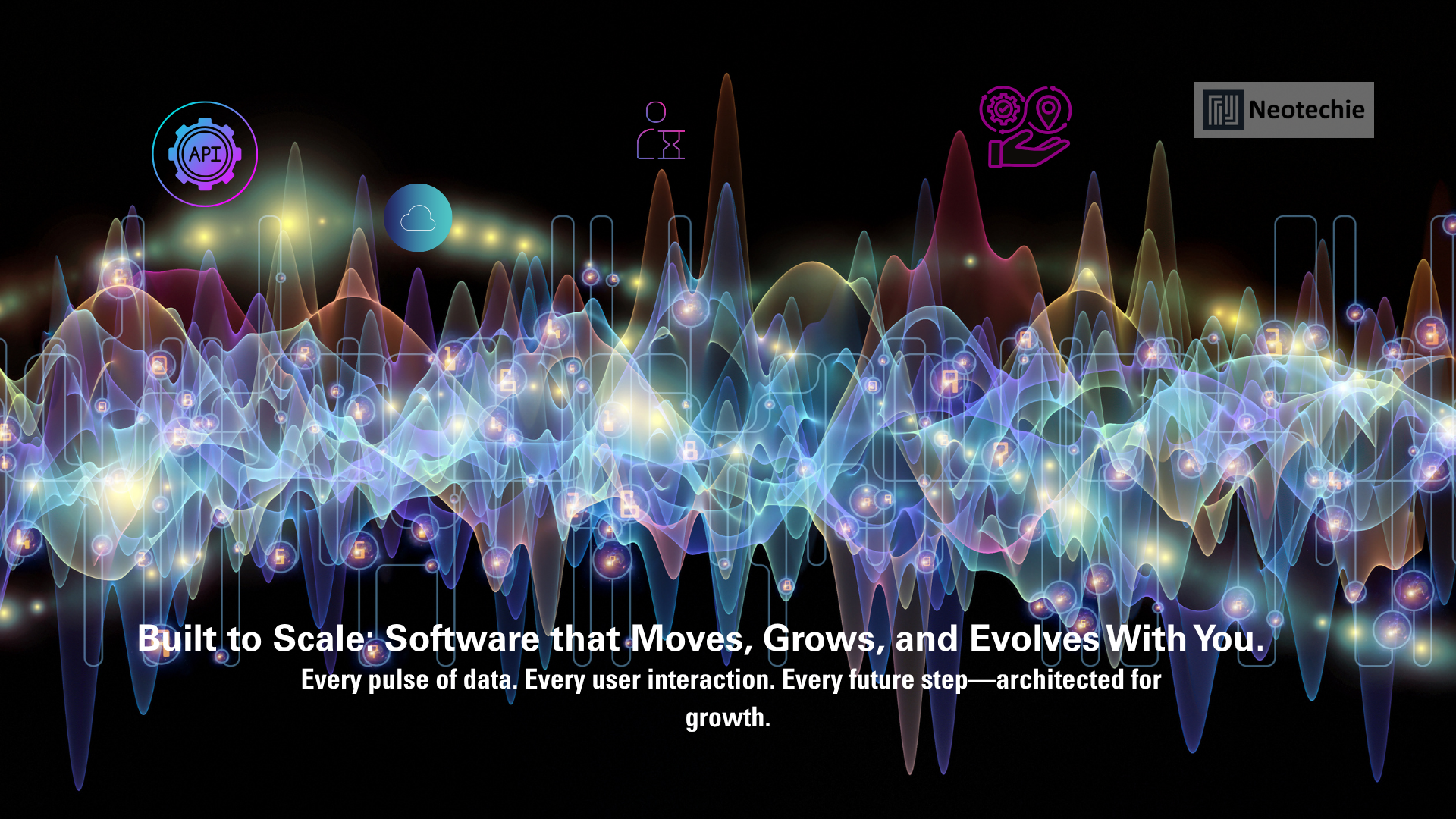Software is no longer confined to disks, installs, or complicated licensing. It’s on the cloud—fluid, accessible, and ready to scale. For startups, this shift is more than just a convenience—cloud-hosted SaaS platforms are the launchpad for innovation, cost-efficiency, and agility.
In this blog, we explore how cloud-based SaaS solutions empower startups to launch quickly, operate leanly, and scale without limits. From real-time accessibility to seamless scalability, we’ll break down the key advantages and show how startups can thrive with the right software foundation.
Why Cloud-Based SaaS is a Game-Changer for Startups
1. Speed of Deployment: Launch in Days, Not Months
Traditional software development and deployment can take months—sometimes longer. But cloud-hosted SaaS platforms allow startups to launch Minimum Viable Products (MVPs) quickly, test features with early adopters, and iterate without major downtime or infrastructure shifts.
With cloud-native architecture, new services or modules can be integrated effortlessly, helping startups respond to market shifts or customer feedback in real-time.
Imagine validating a product idea and deploying it globally—all within weeks. That’s the cloud difference.
2. Lower Upfront Investment: Build Without the Bloat
For startups, capital is precious. Cloud-hosted SaaS eliminates the need for purchasing servers, managing infrastructure, or hiring large DevOps teams.
With subscription-based pricing models, businesses pay only for what they use. Whether it’s storage, compute power, or number of users—cloud platforms are designed to be flexible and cost-efficient.
This lean approach lets startups focus on what truly matters: product development, user experience, and customer acquisition.
3. Global Accessibility: Work from Anywhere, Sell Everywhere
Whether your team is remote or hybrid, or your users are spread across continents, SaaS ensures universal access. Your application lives on the cloud, not on individual machines—so anyone with the right credentials can access it securely, anytime.
This is especially critical for:
- Distributed teams
- Remote customer support
- Freelancers and outsourced partners
By enabling work from anywhere, SaaS fosters a connected and collaborative ecosystem that helps startups grow without geographical barriers.
4. Built-In Scalability: Grow Without Growing Pains
One of the most critical challenges startups face is handling growth. What happens when you go from 100 users to 10,000 overnight? With cloud-based infrastructure, your SaaS application can scale automatically—handling traffic surges without service disruption.
Thanks to auto-scaling, load balancing, and elastic resources, startups can serve more users without re-engineering their platforms.
It’s growth without chaos.
5. Real-Time Data and Performance Insights
Data is power—but only if it’s accessible. Cloud-hosted SaaS applications often come with real-time dashboards that help startups track user behavior, monitor KPIs, and make faster decisions.
This empowers business owners to:
- Analyze churn trends
- Personalize features for specific segments
- Monitor application performance and downtime
- Improve customer satisfaction through feedback loops
All from a single interface.
6. Automatic Updates: Stay Fresh, Stay Secure
Gone are the days of versioning nightmares. In cloud-hosted SaaS, updates happen behind the scenes. Features are rolled out seamlessly. Security patches are deployed instantly. And all users benefit—without needing to install or manually update anything.
This not only enhances user experience but also ensures that the platform remains secure and competitive.
Startups no longer have to pause operations for upgrades. Everything just works—better and faster.
7. Security That Scales With You
Startups often overlook security in early stages due to cost or complexity—but that can be a fatal mistake. Fortunately, cloud-hosted SaaS platforms offer built-in security features such as:
- Data encryption (in transit and at rest)
- Multi-factor authentication (MFA)
- Role-based access control (RBAC)
- Compliance with regulations (GDPR, HIPAA, etc.)
This means you get enterprise-level security from day one—without hiring an internal security team.
8. Seamless Collaboration Tools
SaaS platforms often come with built-in collaboration features like:
- Shared dashboards
- Activity feeds
- File sharing
- Real-time editing
These tools help distributed teams work together efficiently and transparently—critical for fast-moving startups where miscommunication can be costly.
Collaboration isn’t just a feature—it’s a growth catalyst.
Seamless SaaS Solutions: Streamline Operations with Our Expertise
At Neotechie, we specialize in delivering seamless SaaS solutions designed to streamline your business operations and boost efficiency. With our cloud-based applications, we enable businesses to access powerful software without the need for complex installations or costly infrastructure.
Here’s how we help startups unlock SaaS potential:
1. Scalable and Secure Architecture
Our SaaS applications are built with scalability at the core—so you can serve 10 or 10,000 users with the same smooth performance. We also implement enterprise-grade security, ensuring that your sensitive data remains protected.
2. Custom-Tailored Solutions
We work closely with you to understand your unique needs. Whether it’s workflow automation, collaboration enhancement, or custom integrations, we build software that’s perfectly aligned with your goals.
3. Real-Time Data Access & Insights
Our SaaS platforms come equipped with real-time dashboards so your team can monitor performance, make informed decisions, and stay ahead of the curve.
4. Automatic Updates & Maintenance
No more downtime for updates. We ensure your platform stays current with automatic deployments, performance improvements, and security patches.
5. Enhanced Collaboration
With built-in tools for communication and shared workflows, we empower teams to collaborate seamlessly, whether in the same room or across time zones.
6. Easy Integration & Adaptability
Our solutions integrate with CRMs, ERPs, payment gateways, and third-party APIs—providing a connected experience that scales with your operations.
Whether you’re launching a new platform, modernizing legacy systems, or scaling an existing product, Neotechie delivers the technical expertise and strategic insight to make it happen.
Final Thoughts: Cloud-Powered Growth is No Longer Optional
In today’s hyper-competitive landscape, speed, security, and scale are not just nice-to-haves—they’re survival tools. For startups, cloud-hosted SaaS platforms offer a way to move fast, operate lean, and grow fearlessly.
From real-time accessibility to seamless updates, the SaaS model redefines how businesses build and deliver software. And with Neotechie as your technology partner, you don’t just get a development team—you get a product-minded crew that’s invested in your success.
Let’s co-create the next big SaaS platform—scalable, secure, and built for tomorrow.

